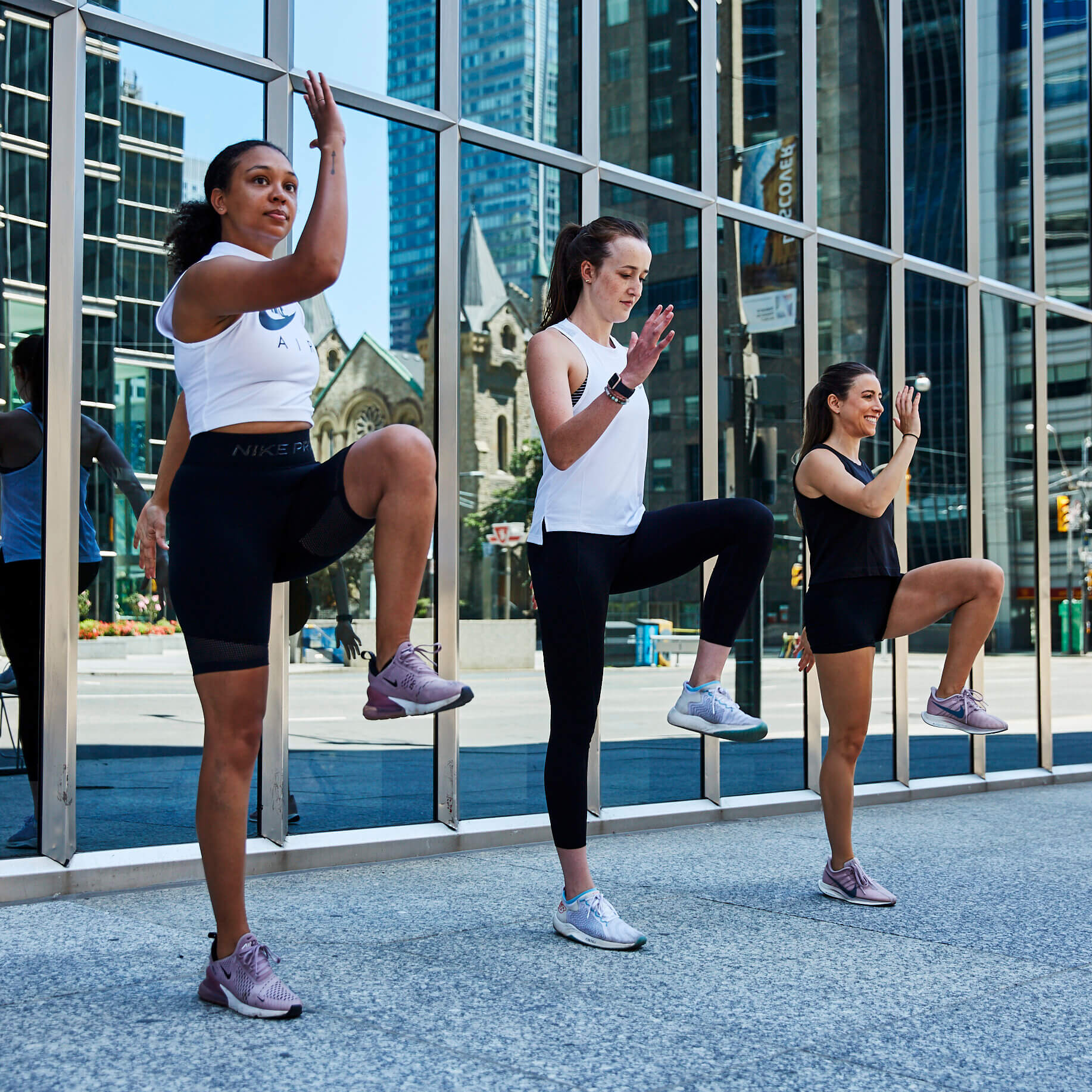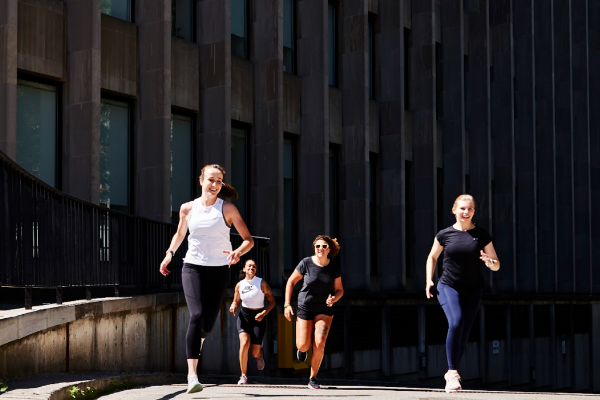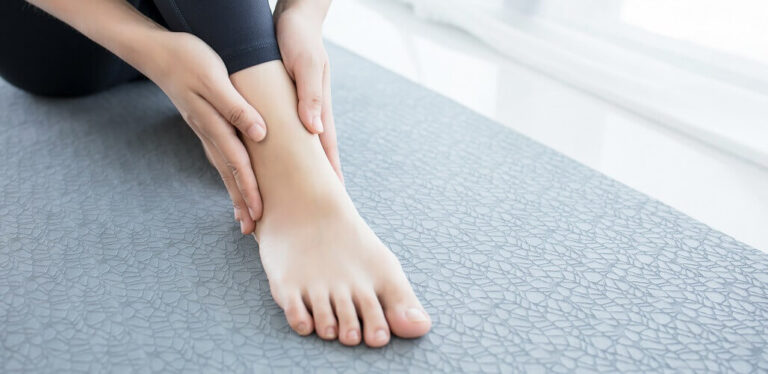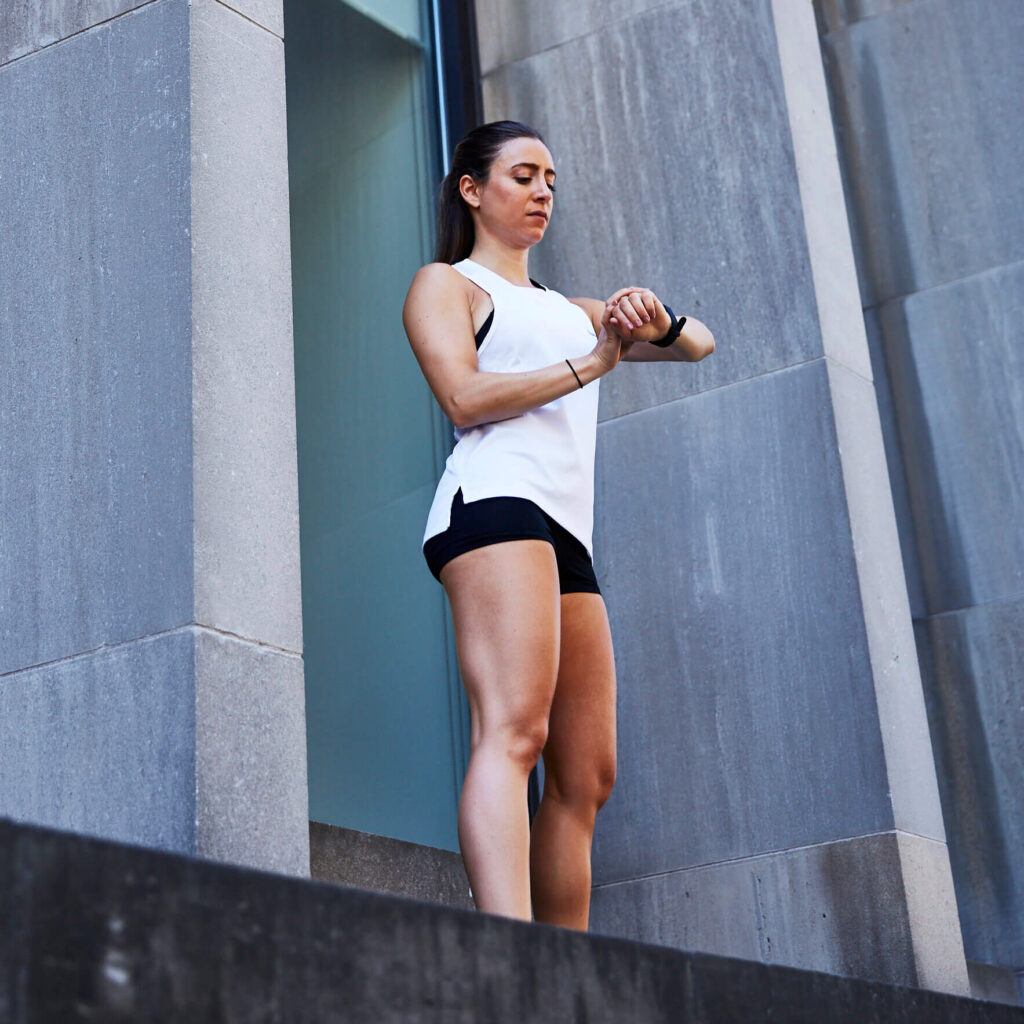
In today’s world of gadgets and technology, there is no shortage of watches and apps to help you track your runs. In the clinic, our team is particularly stingy on with both new and experienced runners is using some sort of tool to track your runs. Why? Because no matter how strong you are, how flexible you are, or what style your gait is, if you over-do your training or make changes too quickly, your likelihood of injury skyrockets. Don’t be intimidated – while a lot of these options can definitely be overkill for the average runner, there are some huge perks to measuring your runs!
If you are looking to continue in the sport for the long run, we usually recommend that you purchase a GPS watch that also has heartrate measurement capabilities. These watches will open the door to a whole new set of information and data that you can nerd out over at the end of your run. But – what does it all mean? And does it really matter? Yes and no. Read on for what our favourite metrics are and how you can use them to improve your running times and form.
Heart Rate
Your heartrate is the ultimate measurement tool of effort, fatigue level, and fitness. In general, as your fitness levels improve, you will be able to do the same amount of work for at a lower heart rate, or, more work at the same given heartrate. This is just a fancy way of saying that your effort on an average run will start to feel much easier – and that’s the name of the game no matter how far or how fast you’re going! You can also use heartrate measurements to determine what your run and race paces should be, as well as to help indicate if you are beginning to overtrain and risk injury. Heart rate measurement can be done via a chest strap or through the back of a wristwatch. If you decide to get a coach, they will commonly ask that you wear a heartrate monitor to help provide them with sound information of how hard or easy your workouts are and how your body is responding to a training plan.
Cadence
This is a measurement of your foot turnover, that’s taken in steps per minute (SPM). It can be measured as one total number of both right and left legs, or as individual sides. In general, you want this number to be 165 or above; or 82+ per side. Research has shown that many injuries are much more likely to occur when runners are beneath this number – primarily because if you are taking slower steps, you are spending more time on the ground (or will have higher stance time). More time on the ground = more force that is absorbed = more chance to hurt something. During our gait analysis appointments, this is one measurement that we always start with as it is very telling of other potential problems.
Stride Length
A direct relative of cadence, stride length is just what it sounds like – how long your stride is. While we can’t give you an absolute number of what your goal length should be (everyone’s legs are different lengths and we are all different heights!), if you are finding that your cadence is consistently below 165, there is a good chance you’ll want to try to bring this number down as you are probably overstriding. Taking big long steps is a very common error especially in new runners, and can lend itself to all sorts of problems including ITB (knee) pain and shin splints. Often decreasing stride length and increasing cadence can help with these issues as they will decrease the amount of deceleration or slow-down force absorption that happens with a longer stride. A good rule of thumb is to think about landing with your foot under your shoulder or your ear.
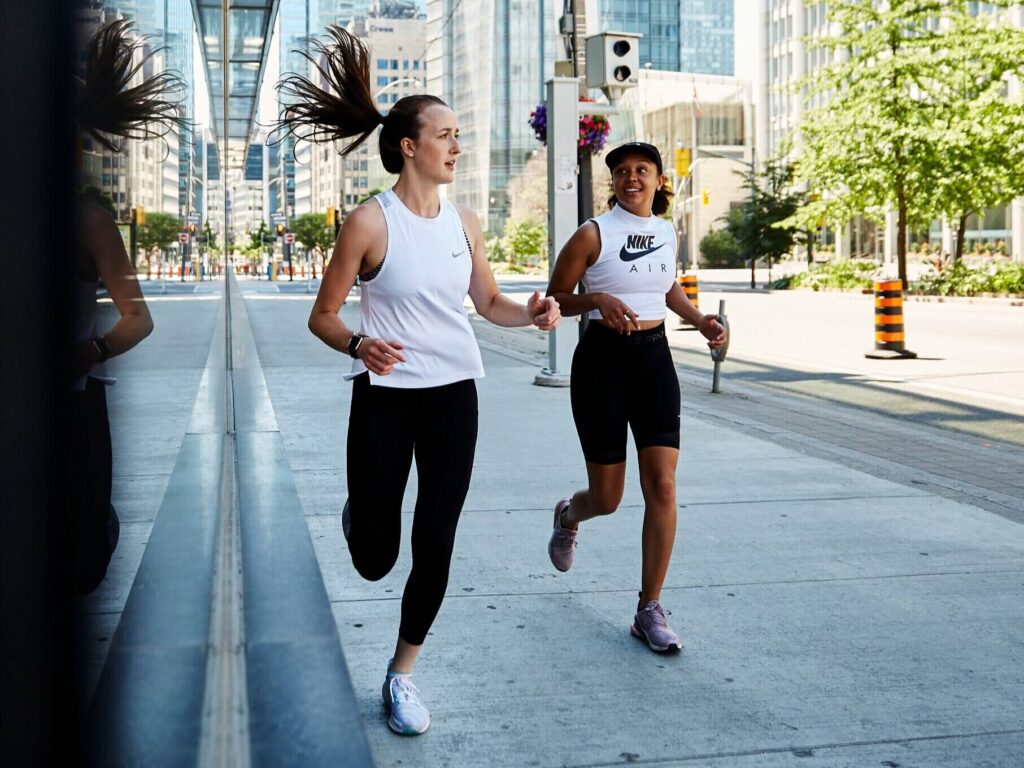
Got more questions? Your best bet is to book a real-time gait analysis with us and get yourself analyzed!
Happy running!

